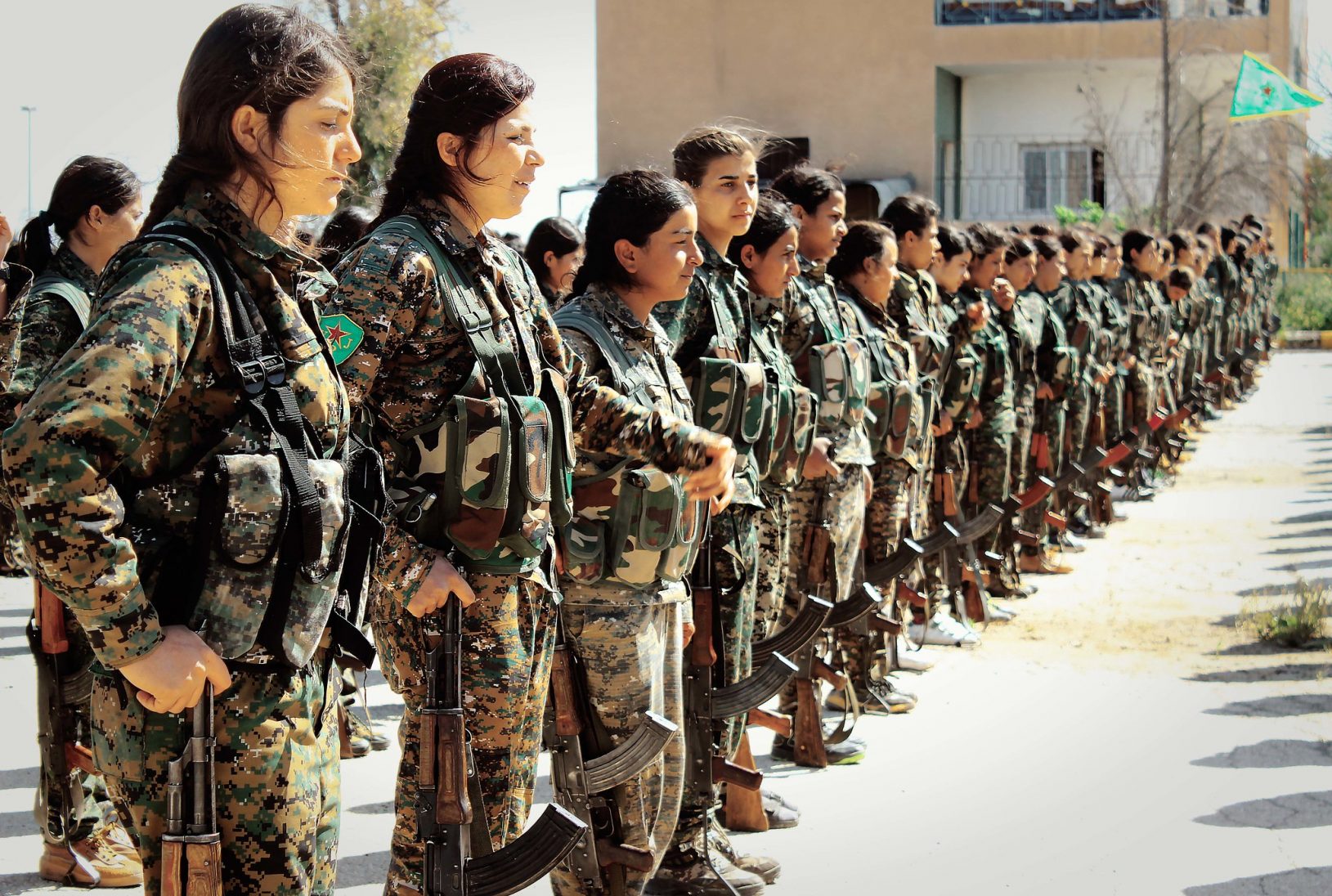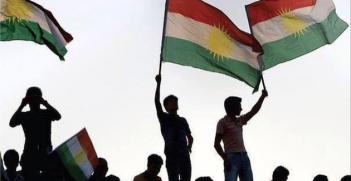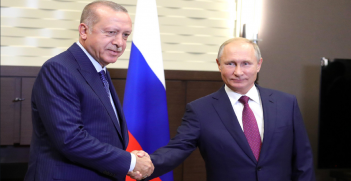Ceasefire in Northern Syria: Is the Turkish Offensive Coming to an End?

The US-Turkey ceasefire deal faces challenges regarding whether it is a ceasefire at all. Russia’s presence in the region adds a further layer of complexity to these challenges.
After months of effort, the Turkish Armed Forces received a green light from the White House for a massive attack on the so-called People’s Protection Units (YPG). The YPG are Kurdish fighters who have been recognised by the Turkish government as an extension of the Turkey-based PKK terrorist group. Military air and ground raids have turned Kurdish cities and villages on the Turkish-Syrian border into a war zone. Turkey’s military operations in northern Syria against what is being called a “threat” has once again changed the geography of conflict in the country and exacerbated tensions. The Turkish offensive, called “Operation Springs of Peace,” began last week with the aim of preventing a counter-terrorism barrier on Turkey’s southern border and creating a safe zone for Syrian refugees. Turkey plans to establish a safe zone at a depth of 32 kilometres at its border with Syria, and transport a large portion of the 3.6 million Syrian refugees on Turkish soil.
The primary objective of the Turkish offensive in northern Syria
One of the major objectives of Turkey’s attacks on the Kurdish fighters in Syria is to weaken the Syrian city of Idlib, which sits near the Turkish-Syrian border. Many terrorists have gathered there and Turkey is trying to neutralise them instead of attacking the Syrian forces. While Turkey’s stated goal is to fight with the Kurdish fighters, its main objective is to weaken Idlib so that it can develop a safe zone on its border with Syria. Following the US withdrawal from Syria, the Turkish military had an opportunity to attack the YPG in northern Syria, the same forces that the US-led coalition relied on heavily to defeat Islamic State (IS). According to news reports, the Turkish government’s aim in this military action is to form a safe haven up to 32 kilometres deep into Syrian territory without Kurdish fighters. It is also clear that Turkey wants to house one to two million Syrian refugees who have fled to their country.
Temporary Ceasefire
After a week of combat between Turkey and the Kurdish fighters in northern Syria, international pressure on President Erdogan’s government increased. On 5 October 2019, US Vice-President Mike Pence announced that he had succeeded in persuading President Erdogan to establish a temporary ceasefire in Kurdish-occupied areas of Syria.
As part of this agreement, the US will remove the sanctions and penalties already placed on Turkey for its attack on northern Syria. It also requires Kurdish fighters close to the borders of Turkey to surrender their military equipment. In fact, the existing agreement shows that the US is trying to appease the Syrian people, who have clearly stated that the US has “stabbed them in the back,” while also keeping Turkey as a NATO ally. Furthermore, that Turkey has only agreed with the US for a five-day ceasefire means that it does not believe in the US fulfilling its obligations. Consequently, the agreement over the provisional ceasefire is accompanied by doubts.
Additionally, by signing an agreement with Turkey over the temporary ceasefire, the US deliberately tried to frustrate Russian and Iranian influence in northern Syria. This was an attempt to end the dispute before President Erdogan’s upcoming trip to Russia in early November of 2019, where Russia could emerge as the biggest winner of the ceasefire. In the conflict between Turkey and terrorist groups, diplomatic challenges, especially matters related to the balance of power with the United States, are important to Russia. For this reason, as soon as the US forces withdrew from northern Syria, the Russian army deployed patrols around strategic points in the region. Now, Russia is seeking to act as a mediator between Damascus and Ankara. Since Turkey and Syria are the Kremlin’s two most important regional allies, the current ceasefire is beneficial to Moscow. It gives the Kremlin the opportunity to guarantee Syrian territorial integrity for Bashar al-Assad on the one hand, and strengthens its relationship with Turkey on the other hand.
Importantly, what the US calls a “ceasefire” in Syria, Turkey calls a “pause in conflict.” This deal is fragile and it remains to be seen how long it lasts. Turkish Foreign Minister Mevlüt Çavusoglu corrected how Pence described the deal to reporters, saying that what Turkey is doing is “stopping operations” and not a ceasefire. A ceasefire must have been agreed to between Turkey and the YPG, and there was no such agreement. Many US officials believe the deal is in Erdogan’s favour, saying the deal would actually allow Turkey to expand its borders into the Kurdish region in Syria. However, it seems that Turkey seeks to clear its Syrian border from terrorist groups and if the obligations of the agreement are not Fulfilled on the part of the US, the provisional ceasefire will be virtually meaningless.
As of today, the Kurds have not left the stipulated area within the stipulated five day period. Following this failure to comply with the key provision of the US-Turkey agreement, the Turkish government will likely end the ceasefire and resume clearing its border of terrorist groups.
In the meantime, Russia’s silence is also contemplative. It seems that the Russians are looking forward to seeing the outcome of the five-day agreement and then taking appropriate action.
Amin Bagheri is a member of the Iranian International Studies Association in Tehran. His research focuses on Iran and the Middle East.
This article is published under a Creative Commons Licence and may be republished with attribution.





